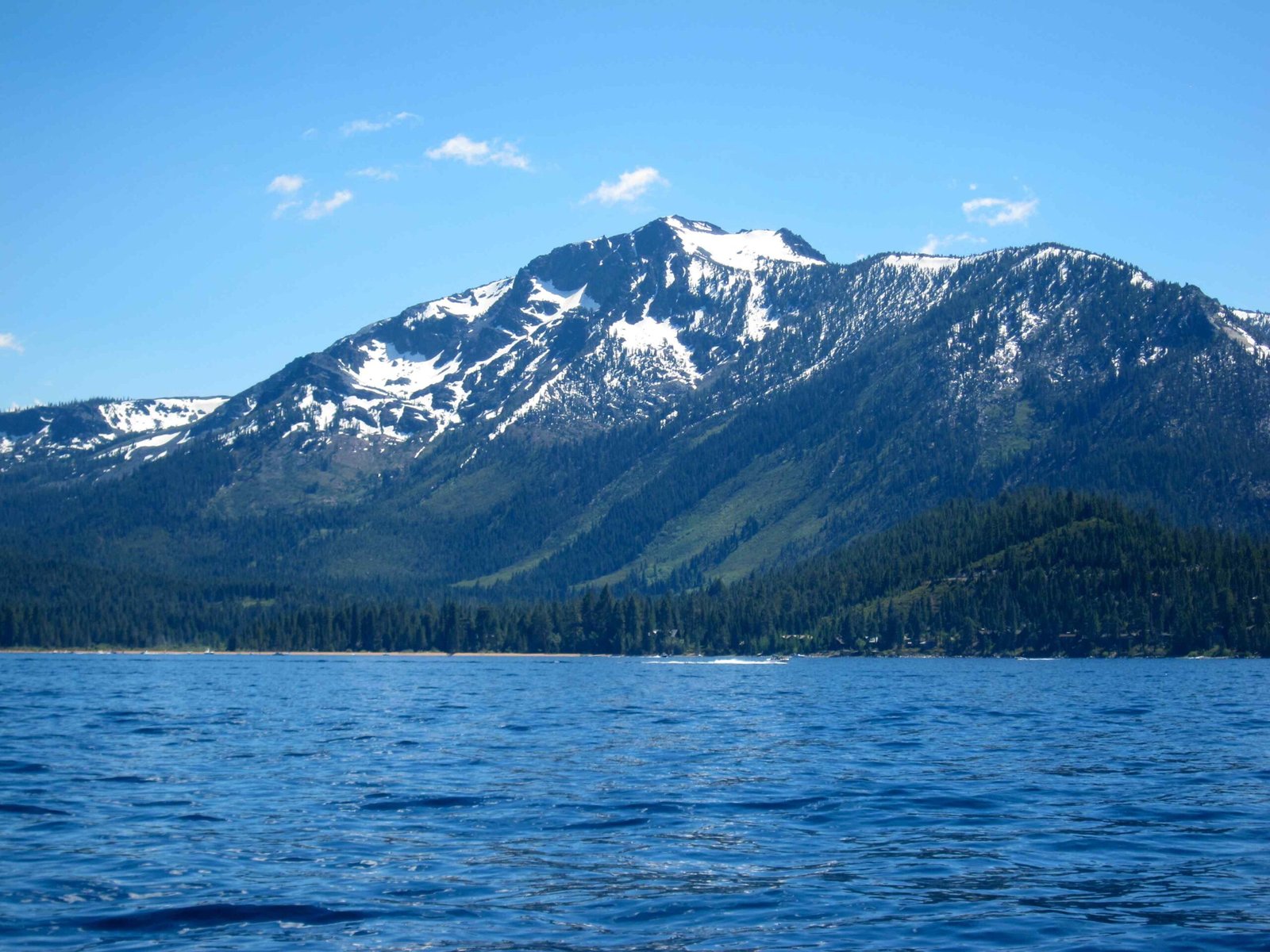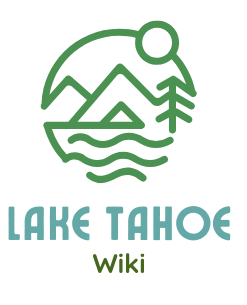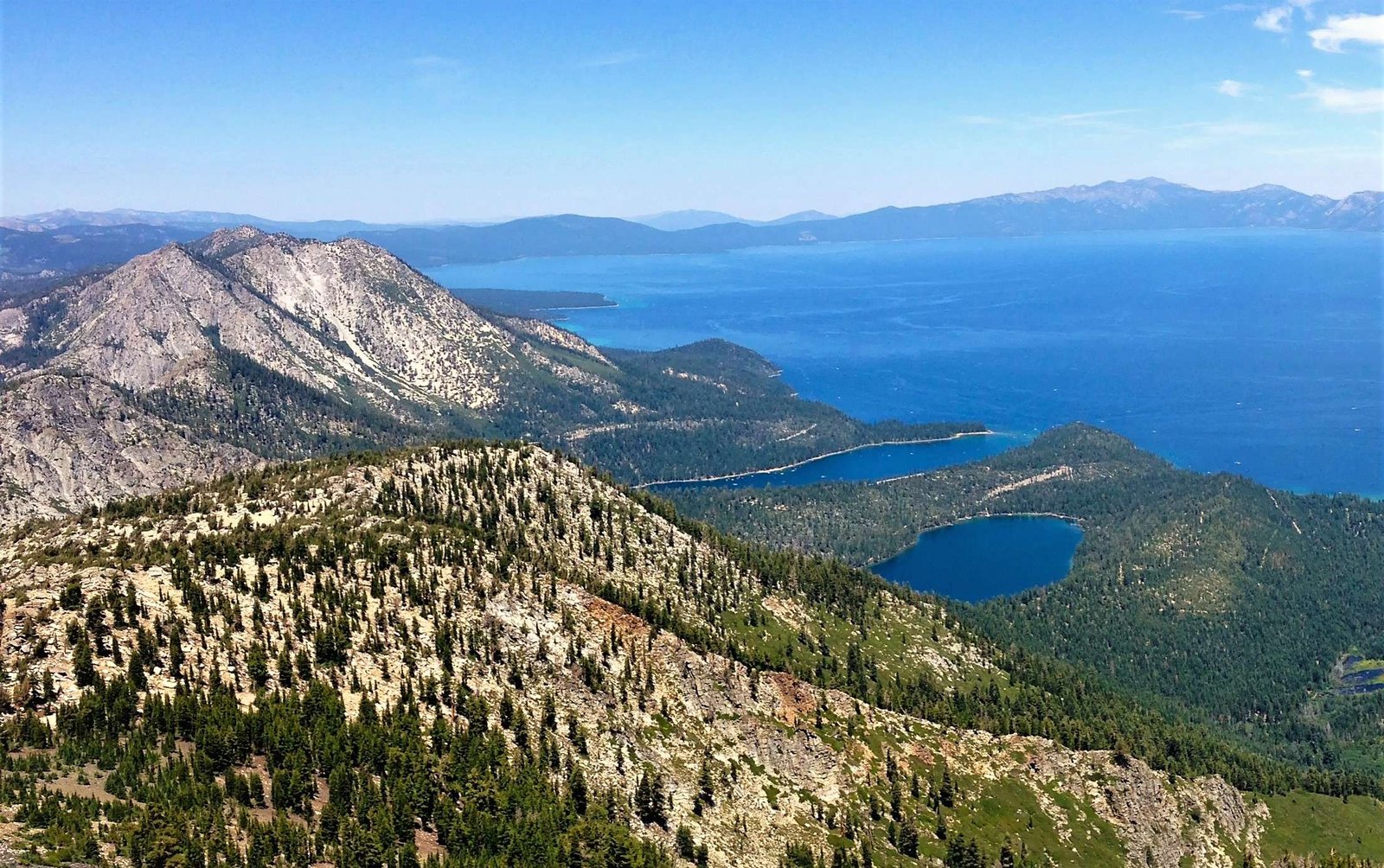Lake Tahoe’s pristine waters face a growing environmental challenge with toxic algae blooms threatening the ecosystem’s delicate balance. Recent monitoring reveals complex interactions between water quality, climate conditions, and potential health risks for humans and wildlife, demanding immediate attention and comprehensive understanding of these microscopic ecological disruptors.
What Causes Toxic Algae Bloom in Lake Tahoe?

Toxic algae blooms, scientifically known as Harmful Algal Blooms (HABs), emerge from a complex interplay of environmental factors:
Nutrient Overload Triggers
- Excessive phosphorus and nitrogen from:
- Urban runoff
- Agricultural drainage
- Septic system leakages
- Landscape fertilization
Climate Conditions Accelerating Growth
- Warmer water temperatures
- Reduced water circulation
- Extended periods of sunlight
- Decreased water levels
How Dangerous Are Toxic Algae Blooms?

| Health Risk Level | Symptoms | Potential Consequences |
|---|---|---|
| Low | Skin irritation | Mild rashes |
| Moderate | Respiratory issues | Breathing difficulties |
| High | Neurological symptoms | Potential organ damage |
Primary Vulnerable Groups
- Young children
- Elderly individuals
- Pets
- Individuals with compromised immune systems
Where Are Toxic Algae Blooms Most Prevalent in Lake Tahoe?
Key locations with higher risk include:
– El Dorado Beach
– Nevada Beach
– Kiva Beach
– Tahoe Keys lagoons
What Detection Methods Exist for Toxic Algae?
Professional monitoring involves:
1. Water sample collection
2. Laboratory toxin testing
3. Visual beach inspections
4. Satellite imagery analysis
5. Community reporting systems
How Can Visitors Stay Safe?
Preventive Recommendations:
– Check local beach advisories before swimming
– Avoid areas with visible algae discoloration
– Shower immediately after potential exposure
– Keep pets away from suspicious water areas
– Report unusual water conditions to local authorities
What Are Long-Term Mitigation Strategies?
Comprehensive approaches include:
– Watershed management
– Reduced nutrient input
– Enhanced water quality monitoring
– Public education campaigns
– Sustainable urban planning
Who Monitors Toxic Algae in Lake Tahoe?
Responsible agencies:
– Tahoe Regional Planning Agency (TRPA)
– Lahontan Regional Water Quality Control Board
– Nevada Division of Environmental Protection
– California Water Boards
Emergency Contact Information
- HAB Hotline: 1-800-222-1222
- Reporting Email: CyanoHAB.Reports@waterboards.ca.gov
What Research is Ongoing?
Current scientific investigations focus on:
– Climate change impacts
– Algae species identification
– Ecosystem resilience
– Predictive modeling techniques
Emerging Technologies
- Advanced satellite monitoring
- Machine learning prediction models
- Rapid toxin detection systems
Pro Tip: Always prioritize personal and environmental safety when encountering potential toxic algae bloom areas.

